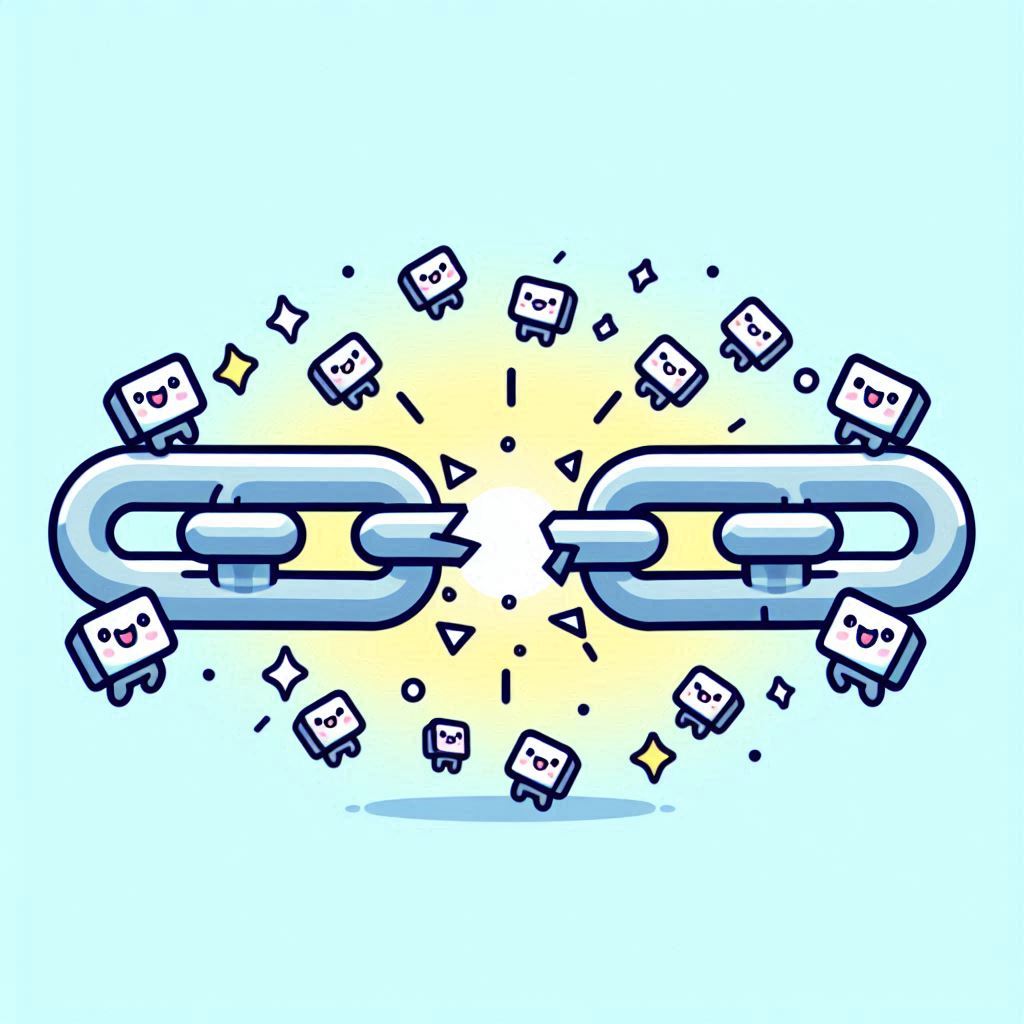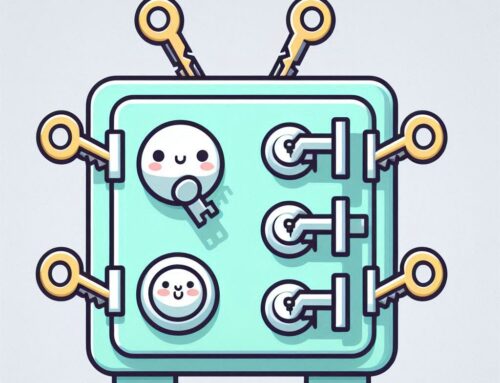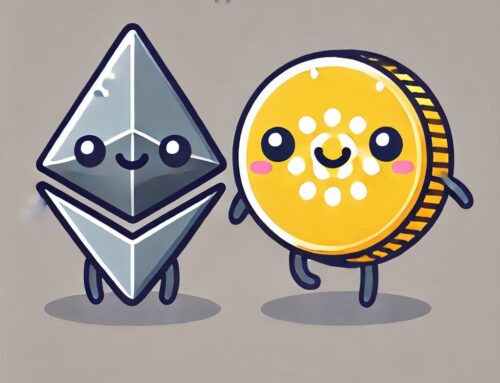Shelley’s Revolution: How Cardano Broke Free and Gave the Power to the People (and Maybe a Few Robots, Too!)
Let’s crank up the time machine and take a trip back to one of the most pivotal moments in Cardano’s history: the Shelley era. No, we’re not talking about a new line of beachwear or a tribute to the poet Percy Bysshe Shelley, but a period of major evolution for the Cardano network that unleashed decentralization, empowered the community, and set the stage for a whole new world of possibilities.
Think of it like a superhero’s transformation scene, complete with dramatic music and a burst of light – this was when Cardano truly came into its own! If Cardano was in its initial stages, a carefully constructed machine, then the Shelley era was when it gained sentience, and was able to achieve true independence. So, let’s explore the transformative power of the Shelley era, and how it reshaped the landscape of the Cardano blockchain.
The Pre-Shelley Era: When Cardano Was Still Learning to Walk (A Centralized Beginning)
Before the dawn of the Shelley era, Cardano was admittedly a bit more centralized. While the long-term vision was always to create a fully decentralized network, the initial phases of the project required a certain degree of centralized control, for stability.
It’s like launching a rocket – you need a skilled team at mission control to guide it through the initial stages, before you can let it fly free. This meant that many of the critical functions of the network were primarily managed by IOHK, the technology company behind Cardano. However, this level of centralization was never intended to be permanent; rather it was a necessary step in building the foundations for a truly decentralized future, as later laid out in the Shelley era.
-
The Benevolent Dictatorship: In the early days, most of the network’s key operations, including the validation of transactions, were overseen by IOHK, which some may have considered a centralized point of control.
-
Laying the Foundation: The centralized approach was essential for establishing a solid technological base, working out the kinks, and ensuring that the network was stable and secure, which would allow for true decentralization to occur at a later stage.
-
A Temporary Measure: The initial centralization was not an indication of any intention to have Cardano controlled by a single party, but was rather, simply the first step in building a more decentralized system in line with the Shelley era roadmap.
The Shelley Era: Decentralization Dawns on Cardano (The Rise of the Stake Pool!)
The Shelley era marked a monumental shift, as Cardano transitioned from a more centralized structure to a fully decentralized network. This was the era where the reins of power were handed over to the community, ushering in a new era of participation and empowerment. The Shelley era is often seen as the true beginning of Cardano as a truly decentralized blockchain.
-
Staking Takes Center Stage (Power to the ADA Holders!): The most significant change during the Shelley era was the implementation of staking, allowing ADA holders to actively participate in the network’s consensus mechanism, for the first time. This empowers ADA holders to contribute to the security of the network, and earn rewards for doing so.
-
Delegation Democratizes Staking (Making it Easy for Everyone!): The Shelley era also introduced the ability for users to delegate their stake to stake pools, making it even easier for anyone to participate in staking and contribute to network security, even if they don’t have the technical expertise to run a node themselves. This helps the network to become more decentralized, and allows anyone to participate.
-
Stake Pool Operators Enter the Scene (The New Guardians of the Chain!): The Shelley era empowered stake pool operators to run their own nodes and validate transactions, further decentralizing the network’s control, and shifting power away from a single entity, and distributing it to a multitude of entities. This empowers the Cardano community, and makes the network more resilient to attack.
The Impact of Shelley on Cardano’s Decentralization: Breaking Free From the Centralized Shackles (Like a Digital Houdini!)
The Shelley era had a profound and transformative impact on Cardano’s decentralization, fundamentally reshaping the governance and operation of the network, by giving it much more control to the users. It’s like the blockchain equivalent of a political revolution, where the power shifts from a centralized authority to the hands of the people.
-
Decentralized Validation (No More Single Points of Failure!): With the introduction of staking, the responsibility for validating transactions was distributed among many different stake pools operated by independent entities, rather than being managed by a central entity. It’s like having a town where security is managed by many independent neighborhood watch groups, instead of relying on a single police station.
-
Community-Driven Governance (Your Voice Matters!): With staking and delegation, ADA holders now had a direct way to influence the future of the network, as their stake allowed them to participate in governance decisions, and help shape the direction of the network. It’s like moving from a dictatorship, where one person is in control, to a democracy, where everyone gets a voice.
-
Increased Participation (Everyone’s Invited to the Party!): The Shelley era opened the door for more users to participate in the network, making it more inclusive and representative of its community. It’s like having an open invitation to a community event, that is now accessible to all, regardless of their technical capabilities.
-
Resilience (Harder to Knock Down!): Decentralization makes the network more resilient to attacks and censorship. With no single point of failure, the network is much harder to take down. It’s like having a system of backups that ensures you never lose your data, because the control is distributed across many different computers, operated by different stakeholders, it is far more resistant to attack.
-
Open and Transparent (Sunlight is the Best Disinfectant!): The Shelley era marked a commitment to an open and transparent system, where everyone can participate in the network’s governance, and can view the transactions that are being recorded on the blockchain. It’s like having all the processes of a company openly visible to everyone, increasing trust and accountability.
The Guardians of the Ecosystem: The Role of Stake Pool Operators
In the Cardano ecosystem, stake pool operators are the key players that hold the system together. The stake pool operators act as vital components for ensuring that transactions run smoothly, that everyone’s funds remain safe, and that the Cardano network remains secure.
-
Running the Show (Keeping the Network Alive!): They manage the infrastructure required to run nodes, which validate transactions and create new blocks, which is what allows the network to function at all. It’s like running the servers that power the internet, making the websites and services accessible to everyone.
-
Providing Security (The Digital Bodyguards!): They contribute to the security of the network by ensuring that there are enough nodes to process transactions and keep the blockchain operating smoothly. They are like the security guards that keep the network safe and secure.
-
Decentralizing Control (Spreading the Power!): Stake pool operators are independent entities that operate their own nodes, rather than a core team managing all the transactions, which helps to decentralize the network and ensure that no single entity has too much control.
-
Community Involvement (More Than Just Tech!): Many stake pool operators actively participate in the Cardano community, educating users, providing support, and working to advance the ecosystem. They are the community leaders who help to build a strong and engaged community.
The Takeaway: The Shelley Era – A Giant Leap Towards a Decentralized Future!
The Shelley era was a landmark chapter in Cardano’s journey, because the network became more community focused, with more participation from all stakeholders. By implementing staking and empowering stake pool operators, Cardano broke free from centralized control and began its life as a truly community-driven project. It’s not just about building a blockchain; it’s about building a decentralized system that is secure, transparent, and inclusive, and that can involve as many people as possible in all aspects of the system.





